According to Calvin and Hobbes, “There’s an inverse relationship between how good something is for you, and how much fun it is.” Some might say a similar rule holds true when it comes to food. Exceptions prove the rule.
Homegrown, which opened in 2009 and now has ten restaurants throughout the Seattle area, is one of those exceptions. The trifecta of taste, health, and sustainability come together in their reasonably priced meals. They’ve made it fun to eat responsibly!
Childhood friends and Homegrown founders Brad Gillis and Ben Friedman are environmentalists at heart. They also love to gather with friends around great-tasting food. They built their business around these passions— call it sandwich environmentalism.
Now, Homegrown has taken that ethos and delivered it—literally—to your home. You can get a sandwich, but much more, too. Homegrown Goods offers a selection of ready-to-eat meals, fresh 20-minute-meal kits, and a handpicked selection of groceries for those that want to throw their own thing together.
“Everything we sell is backed by our quality standards,” says Brad. “We run every purchase thorough our sourcing standards and make sure we feel comfortable with what we’re buying.”
Homegrown Goods has its own fleet of delivery vans and drivers. They pack chilled items with ice packs, and everything arrives in a sealed box. You are notified by text when your delivery arrives. Your food is delivered one to two days after you order, on a day of your choosing. Delivery areas include much of Seattle and the Eastside, and their delivery area continues to expand.
Since Homegrown Goods launched last summer, high demand for everything has encouraged them to expand their line of offerings. Now you can choose from more than a dozen different meal options on any given day, but Brad expects to more than double the selection.
Whether it’s a Turkey, Bacon, Avocado sandwich or a Farmstead Cobb salad at one of their locations, or a Mediterranean Salmon Bowl from Homegrown Goods, food sourcing is central to Homegrown’s mission. They select the best growers and producers in each category from each region with a twin focus on deliciousness and what’s good for the planet. At Macrina, we’re proud to have our bread featured in many of their sandwiches and available through Homegrown Goods.
Food is one of the most vital connections we each have to our planet. What sustains us should also be produced sustainably. We have great admiration for the leadership role Homegrown has taken in their effort to change the food system, so it’s not just healthy for us, but for the planet too. Homegrown does the research so you don’t have to—and with tasty options delivered to your home or served up at one of their many locations, they make it easy—and fun—to do something that is good for you, and, well, just good.












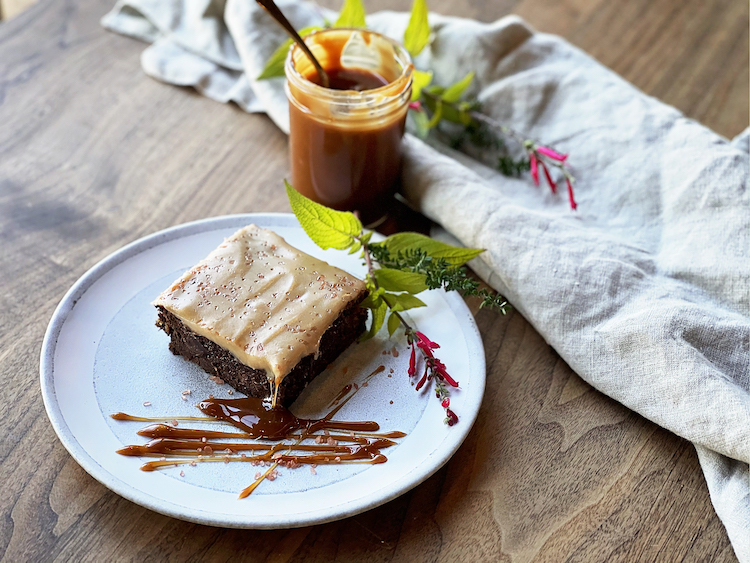




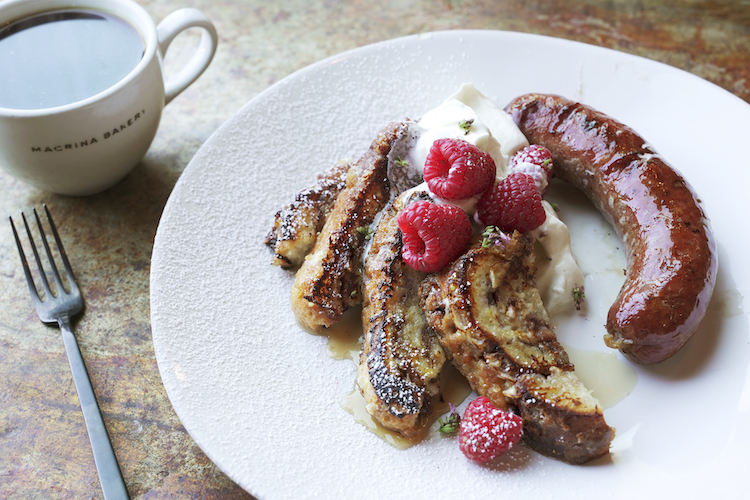
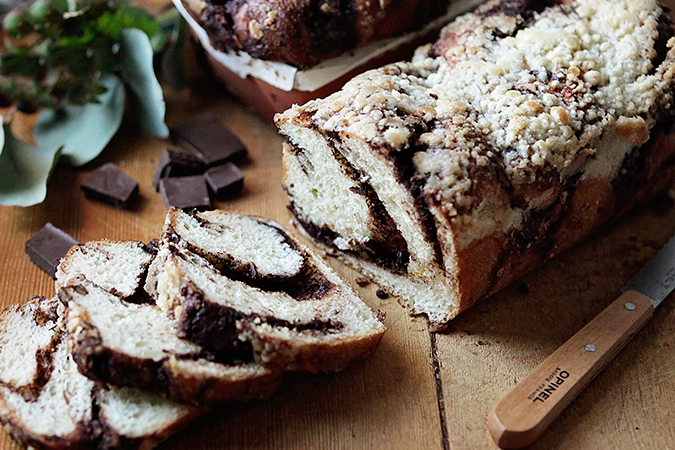

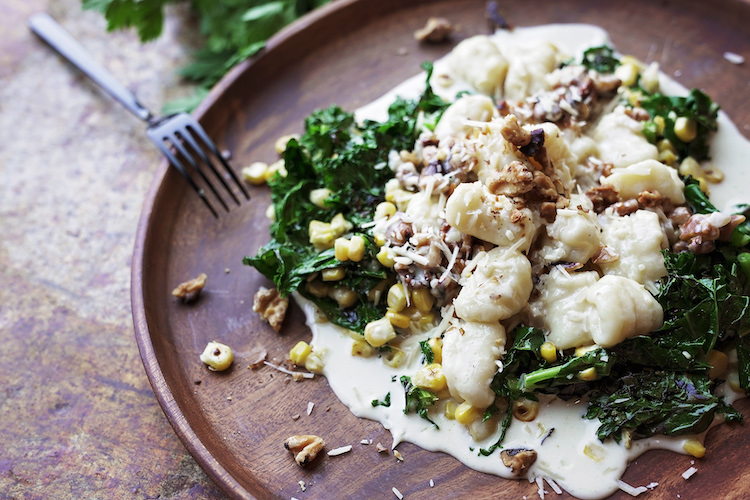
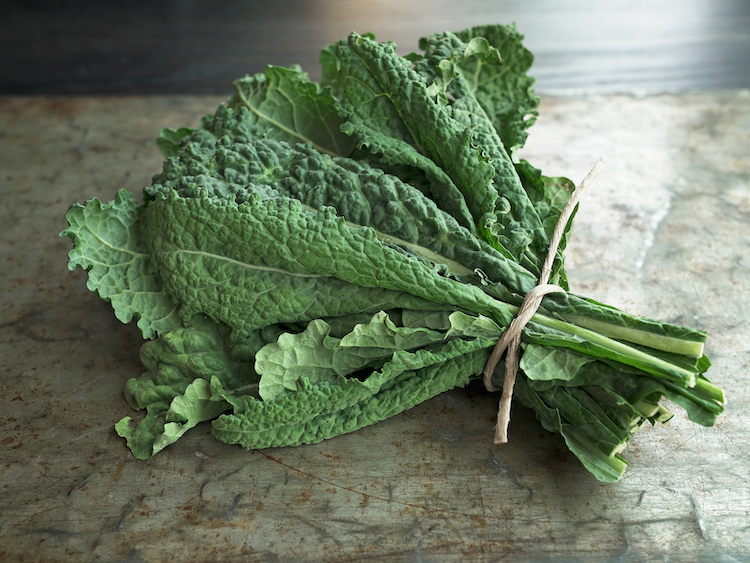
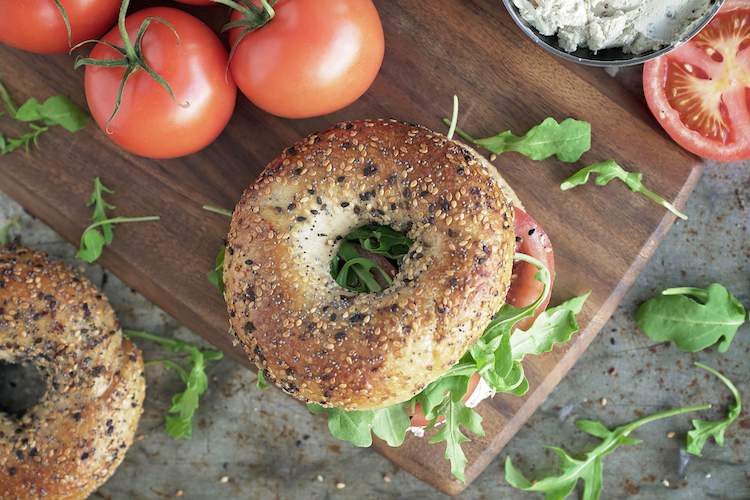
 We start with a significant percentage of organic sourdough starter and a smidge of yeast. After an initial rise, we handroll the bagels and give them a full day’s cool ferment. The depth of flavor you’ll taste in these bagels comes from the natural leavening and that hint of rye. The whiff of sourdough you get when you tear one open comes from the starter. We were careful not to let the flavor dominate but wanted it to be distinctive. “It should make sense when you taste the bagel that the name has sourdough in it,” says Scott France, Macrina’s President and Co-owner, and the driving force behind these bagels. “But if you tasted the bagel without knowing the name, someone intimately familiar with sourdoughs would recognize it, but if you didn’t, you might wonder just what that mild tang was.”
We start with a significant percentage of organic sourdough starter and a smidge of yeast. After an initial rise, we handroll the bagels and give them a full day’s cool ferment. The depth of flavor you’ll taste in these bagels comes from the natural leavening and that hint of rye. The whiff of sourdough you get when you tear one open comes from the starter. We were careful not to let the flavor dominate but wanted it to be distinctive. “It should make sense when you taste the bagel that the name has sourdough in it,” says Scott France, Macrina’s President and Co-owner, and the driving force behind these bagels. “But if you tasted the bagel without knowing the name, someone intimately familiar with sourdoughs would recognize it, but if you didn’t, you might wonder just what that mild tang was.”